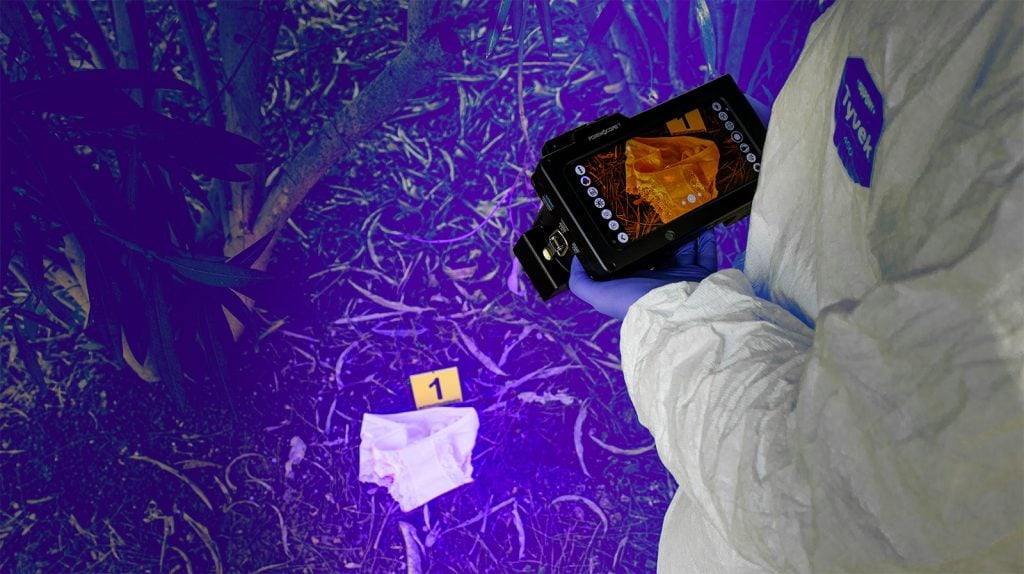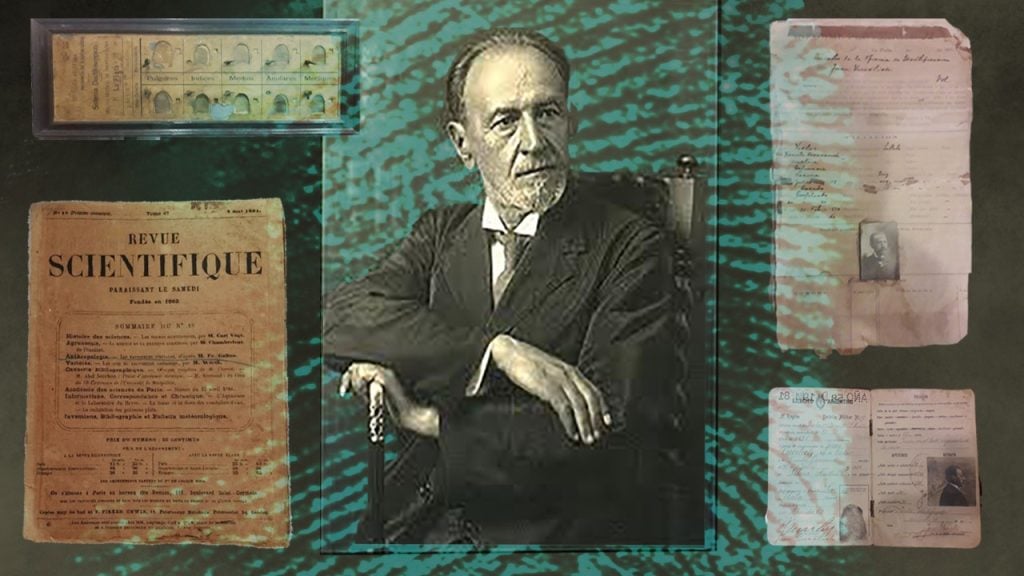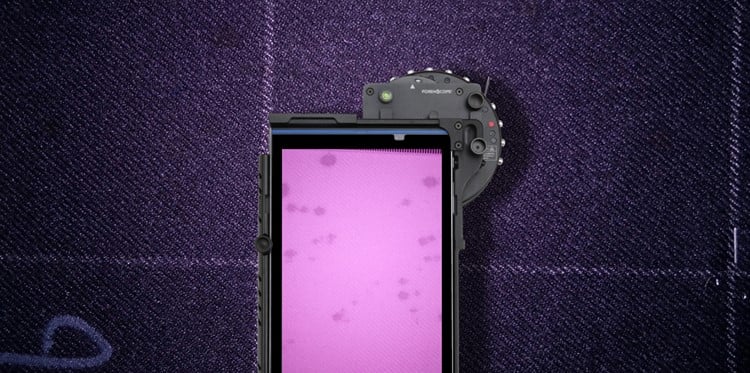
DNA Evidence
Finding the source of the evidence or identification of a person from biological evidence are some of the key points of a criminal investigation. Before DNA testing, identification has not always been conclusive, some tools were used, such as blood typing, serological tests, etc. but when compared to the DNA analysis methods we use today, it is apparent that there is a huge revolution in crime scene investigations in our day.
The first genetic test established for DNA analysis was called Restriction Length Polymorphism (RFLP) analysis, a technique developed in the early 1980s. As we have mentioned in this blog lots of times, forensics are always in need of new technology and research and as it started using photography since the day it became publicly available, forensic sciences started using DNA analysis in the mid-1980s, almost immediately after its establishment.
The accuracy and reliability of forensic DNA analysis render it one of the most important parts of an investigation. The success of DNA evidence analysis captured the attention of forensic experts and the public imagination, the justice system now expects DNA evidence to be presented in almost all cases, even when other types of evidence might be more valuable to the investigation at hand because the evidence can help to find the perpetrator directly or it even can be used to exonerate individuals who are wrongfully convicted.
In the most basic definition, DNA is called the blueprint of a biological organism, it contains the information of characteristics of an organism such as hair color, eye color, skin color, height, anatomical features and etc. These characteristics are stored in the coding part of the DNA, for us humans, the coding part consists of only 2% of the entire DNA. The forensic sciences, however, use the other 98% of the DNA, the non-coding DNA. A new method was developed in the early 1990s, called Polymerase Chain Reaction (PCR) and it immediately replaced RFLP. Because it is much faster than the RFLP method. PCR method targets regions in the DNA known as Short Tandem Repeats (STR), these regions are highly variable and the difference of these regions is a key to matching a person to the DNA evidence.
When we say DNA, there is actually more than one type of it. To simplify this, let’s take a look at a cell in the body, The normal cell has 2 structures that contain DNA, one is the nucleus and inside the nucleus, there are two types of DNA, Autosomal chromosomes and Sex-determining chromosomes. For cases such as sexual assault, examining DNA residing in the sex-determining chromosomes are very helpful during analysis, if the suspect is a male (has Y chromosome) and the victim is female (has X chromosome), so an analysis of STR patterns in cells with Y chromosomes can eliminate the analysis of the DNA of the victim. Since the Y chromosomes are passed through the paternal line, a father, a grandfather or a brother or male children will exhibit the same Y chromosome.
As mentioned above, there are 2 structures that contain DNA and we have mentioned the nucleus, the other structure is the mitochondria. The last type of DNA is mitochondrial DNA (mtDNA). Mitochondrial DNA is inherited from the mother, so everybody who is related maternally has the same mtDNA. mtDNA is present in much higher quantities and it doesn’t degrade as quickly as autosomal DNA, because of this, mtDNA is useful for identifying missing people or remains.
The DNA evidence collected at a crime scene is especially valuable in violent crime cases, such as sexual assault, homicide, torture, etc. The semen, blood, or saliva that’s left behind at the crime scene can belong to both the perpetrator and the victim, let’s say the blood found on the carpets of the suspect house is analyzed and the result of the analysis shows a match with the victim possibly linking the victim to the house and adding a new possible crime scene to the investigation. If the perpetrator leaves something behind (Check: Locard’s exchange principle) such as a cigarette butt or empty bottles or clothing, sweat samples, skin cells, such as dandruff, these can be collected for DNA analysis and the resulting DNA profile can be compared to samples from the people in question. When there are no suspects to compare the DNA evidence or when there is an unidentified body the DNA evidence can be compared with the existing DNA profile database of the country for further investigations.
DNA analysis can be used at any type of crime scene, but because of the limited resources, DNA analysis is used mostly in sexual assault cases, homicide cases, and missing or unidentified person cases.
As we mentioned before in this article, DNA evidence can also be used to exonerate people convicted wrongfully. The post-conviction investigations often rest on the DNA evidences and their analysis, there are many known successful cases because the DNA analysis was either non-existent or rudimentary at the time of the trials.
The source of the DNA evidence is basically any biological material such as semen, sweat, saliva, urine, blood, hair, skin, teeth, bone, tissues, dandruff, etc. and any material that can include these biological materials is a possible sample to be collected at a crime scene, such as:
- Hats
- Gloves
- Tools
- Underwear
- Masks
- Weapons
- Beddings
- Cups, Mugs, Bottles, Cans
- Laundry
- Fingernails, Fingernail Scrapings
- Hairbrush, Comb, Hairbands
- Towels
- Clothing
- Cigarettes
- Spectacles, Sunglasses, Lenses
- Condoms
Thinking of Locard’s principle, everybody leaves something behind at the crime scene, even if the perpetrator was careful, there will be evidence left behind and the best evidence occurs where a person’s DNA is found where it is not supposed to be, a strand of hair with its follicle intact (with tissue) at the entry point of a clean crime scene, can be analyzed to conclude a DNA profile which later on can be used to find the perpetrator.
As technology progresses the forensic sciences also progress and since the mid-1980’s we have come a long way in the technology used in DNA sampling and DNA analysis, we can now analyze smaller and smaller evidence each day, let us say the perpetrator touched something and the fingerprint was detected without destroying the evidence by using a specialized fingerprint detection device such as ForenScope 4K Pro, Contactless Fingerprint or Mobile Multispectral Tablet, a low-level DNA can be extracted from this fingerprint which is referred to as “touch DNA”. This touch DNA can be collected from anywhere, even from a bruise on the victim’s body.
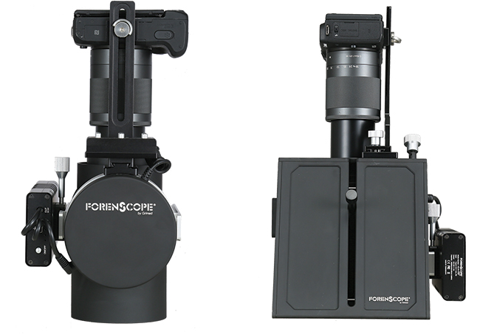
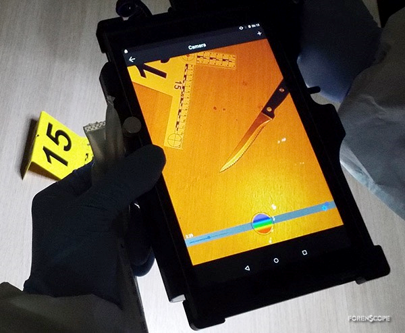

The collected DNA evidence is compared with the samples collected from the suspects and the people who might’ve associated with the crime, in addition to these samples, elimination samples are also collected, such as consensual sex partner of a sexual assault victim or first responders, crime scene personnel and analysts working the case to exclude these people from the case and decrease errors.
The DNA evidence collected are sent to laboratories and they go through a process to extract and analyze the DNA from the collected evidence, these steps are roughly are;
- Extraction – Process of extracting the DNA out of the cell.
- Quantitation – the process of determining the amount of DNA at hand.
- Amplification – the process of multiplying the amount of DNA at hand.
- Separation – Process of separating amplified DNA products for identification.
- Analysis & Interpretation – the process of comparing DNA evidence to the samples at hand.
- Quality Assurance – the process of reviewing reports to be sure of the accuracy.
In the Analysis step, we get the results as electropherograms, these display the genetic material presented at each loci tested. In a complete profile, each person will exhibit either one or two peaks at each locus, these peaks are the alleles. The locus that displays only one allele (Peak) indicates that the individual inherited the same marker from both of his/her parents at this locus, if two alleles are displayed, the individual inherited different markers. To be able to use these peaks (alleles) in the analysis, they should exceed a predetermined quantity threshold. The images below show that the first four loci from the evidence sample are a match with the suspect but for this analysis to be correct all thirteen loci should be tested the same way.
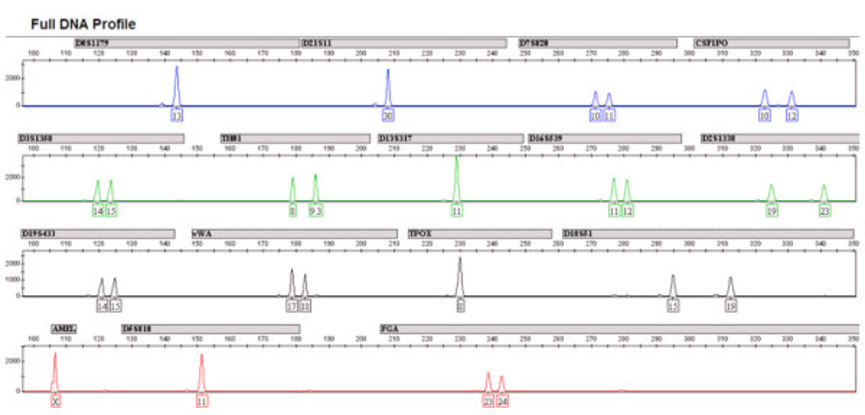
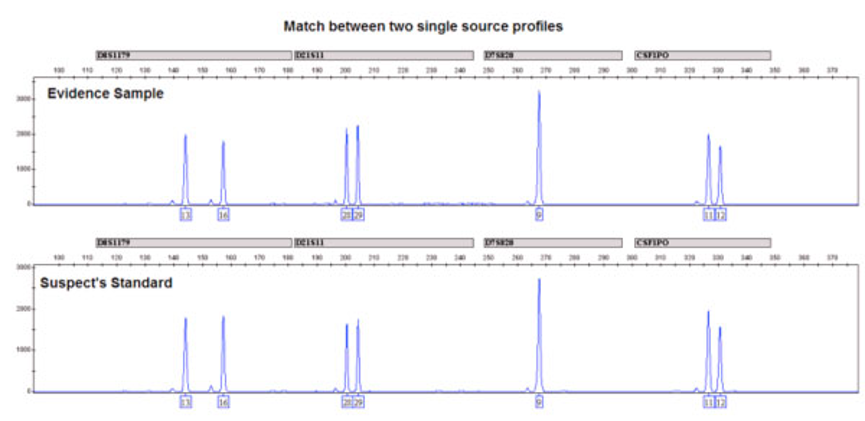
Until now we have managed to explain the general theory but in practice, the evidence often contains a mixture of DNA from more than one person. In the example below, each marker from the suspect sample is included in the mixture profile collected from the evidence.
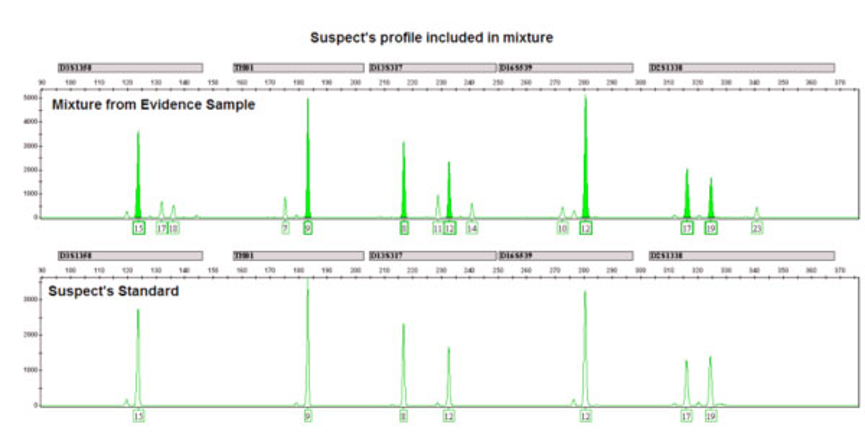
If any locus is missing an allele, it is considered as a partial profile, and partial profiles can occur because of degraded samples damaged DNA, etc. and if the sample has peaks below a certain threshold, these are considered as partial profiles.
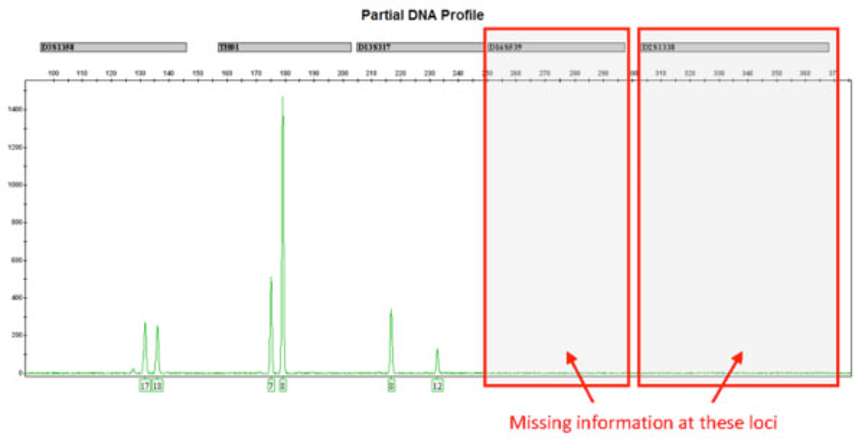
The acquired results are either compared with the samples or the DNA profile databases to be included in the investigation reports.
Thank you for your attention.


